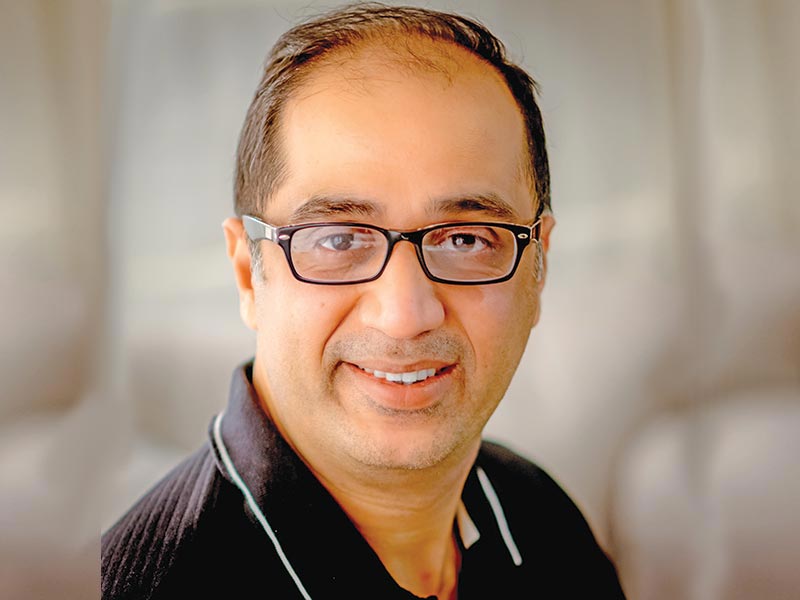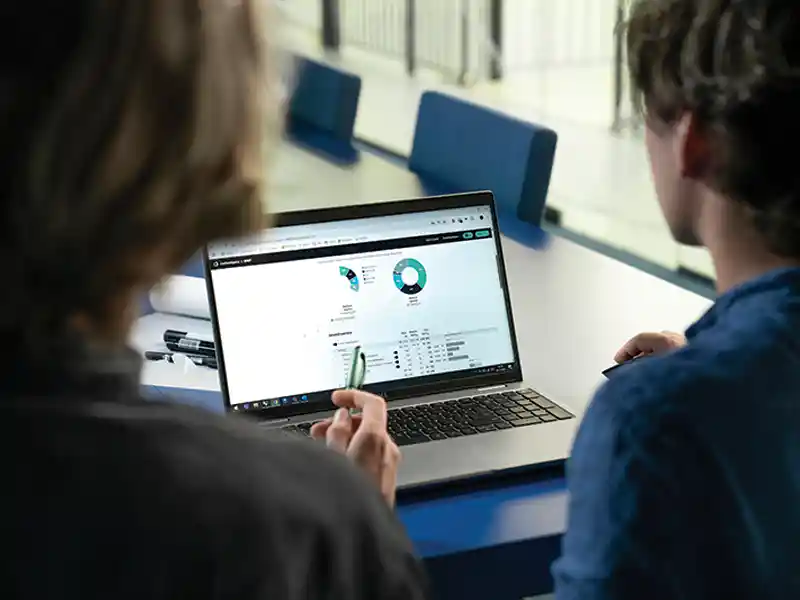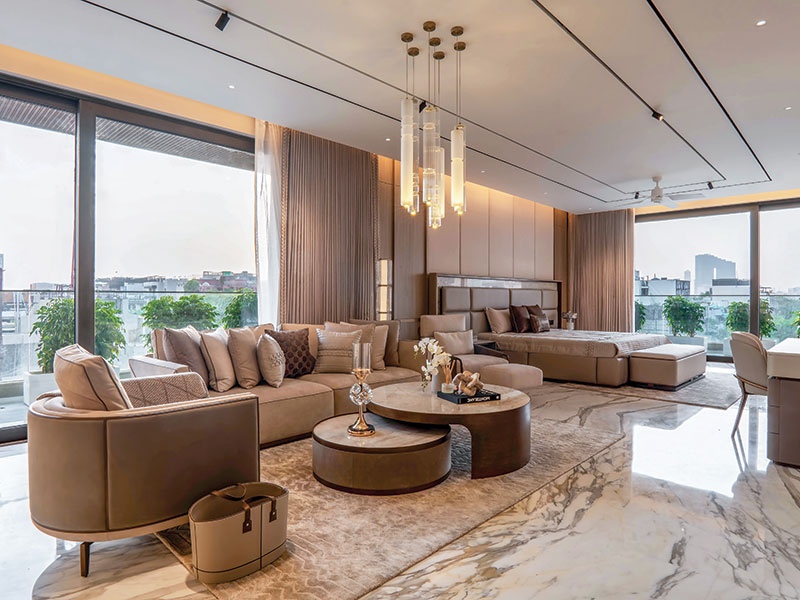 Ar. Amol Prabhu, Partner
Ar. Amol Prabhu, PartnerShashi Prabhu & Associates (SPA)
With the increased focus of the government in infrastructure such as roads, ports and airports, tier 2 & 3 cities will see increased development, and engagement of more designers from semi-urban areas. Larger architect firms will need to consolidate their operations and be more creative and efficient to survive these changing times.
Dependence on software on the rise
We anticipate Indian architecture to continue seeing immense growth in the use of new software such as Sketchup by Trimble and Revit by Autodesk. These are gaining popularity not only because of their powerful platform but also due to the availability of qualified people using these systems, and clients are expecting better coordination from designers, and better renderings, which are more realistically provided by software such as 3dMax and Lumion. Use of 3D printers has still not penetrated the market as much as was originally hoped, but their use might increase with the improvement of technology, affordability and standardization.
Technology can qualitatively help in creation of an innovative, original art
The use and application of modern technologies in designing and building constructions has many definitions and interpretations. Indeed, architects contend that use of technology depends on conditions, background and the presumptions of the design and the location. Accurate and appropriate use of modern technology along with the application of local civilization can result in the creation of perfect buildings. As a matter of fact, modern technology should be applied in harmony with local, temporal, social, behavioral and, in particular, cultural environment of a region. Technology, therefore, can qualitatively help to express the values and facts and result in the creation of an innovative and original art.
Sustainable designs will get more importance
We see an increase in affordable housing sector as well as in healthcare and infrastructure development. With the introduction of smart cities, sustainable designs will get more importance, and use of local materials will gain popularity.
Modern interior colors and design trends reflect a cultural impulse of people to support each other and protect the environment. Interior décor will see reasonably frugal, practical, and eco-friendly designs for creating functional, pleasant and modern interior spaces.















